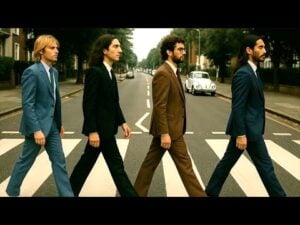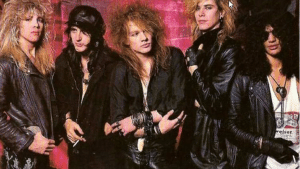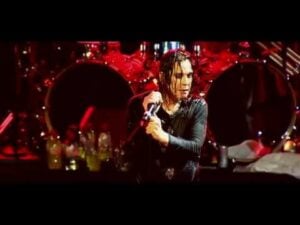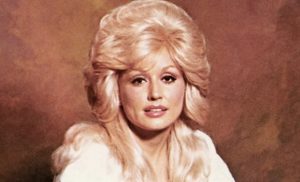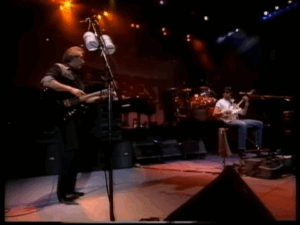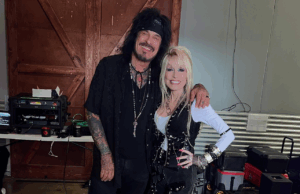There’s Only 1 Beatles Song That Paul McCartney Hated Recording

via PAUL McCARTNEY / YouTube
Despite their status as arguably the most profitable songwriting duo in history, the partnership of John Lennon and Paul McCartney had its share of turbulent moments, a common occurrence in the world of popular rock bands.
While Lennon is explicit with the songs he adores and detests, McCartney was never inclined to criticize any of his work, even if he believed it fell short. In most interviews, whether from the past or present, McCartney readily discusses the joyful moments he encountered throughout his career, with the less impressive ones merely serving as a minor aspect of his journey.
Except for a select few, like that one time during the recording of The Beatles’, White Album’s “Revolution”. While McCartney had initially embraced experimentation on albums like Revolver, the dissonance found in the composition proved to be overwhelming for him.
He moved on from that disappointment and soon started working on another opus from their final years, Abbey Road. Macca once again went to another disaster recording session when the band worked on “I Want You (She’s So Heavy)”.
A fuzz McCartney did not want
With just a few lyrics, the final version of the song on Abbey Road marked The Beatles’ most notable venture into the realm of heavy music. It boasted an expansive fadeout ending with an abrupt cutoff.
While the central riff had a rugged edge, George Harrison proposed incorporating white noise into the concluding track. This addition featured various swirling noises, almost overpowering the central riff in the song’s closing moments.
Reportedly, and understandably, Paul hated this alteration.
According to the long-time Beatles engineer, Geoff Emerick, McCartney wasn’t particularly thrilled with the song’s fuzzy treatment in the studio.
“It’s “Revolution” all over again”
As Lennon instructed Emerick to increase the volume of the white noise, the engineer observed, “Over my shoulder, I saw a dejected Paul sitting slumped over, head down, staring at the floor. He didn’t say a word, but his body language clearly expressed his unhappiness… To Paul, it must have felt like a repeat of ‘Revolution 9’.”
Poor Paul felt like he was once again back to the dreaded White Album sessions. And it appeared as if Lennon had deliberate intentions to alter the Beatles’ music, with the aim of reshaping the group into an avant-garde ensemble rather than maintaining its pop band identity.
Despite Lennon’s insistence on retaining the white noise, the sessions were one of the last occasions when all four Beatles were in the studio together. They subsequently went their separate ways, only reuniting when necessary to complete some adjustments for the Let It Be project.
The last album The Beatles recorded
Abbey Road, which was released on September 26, 1969, served as the last album recorded by the Fab Four, although it wasn’t their final release. Let It Be, primarily recorded in January 1969, saw the light of day in May 1970 alongside the release of the eponymous film.
In contrast to the ‘live’ approach adopted for the Let It Be recordings, Abbey Road witnessed the Beatles returning to North London studios to create meticulously crafted tracks with intricate musical arrangements.
A notable departure on this album was the absence of the group’s name or the album title on the front cover, featuring only that iconic photograph captured on the zebra crossing near the entrance to the London NW8 studios in August 1969.
Upon its release, Abbey Road swiftly claimed the top spot on the British album chart in October and maintained that position for seventeen out of its total 81 weeks in the chart. In the United States, it reigned supreme for eleven weeks during its initial 83-week stay on the charts.






